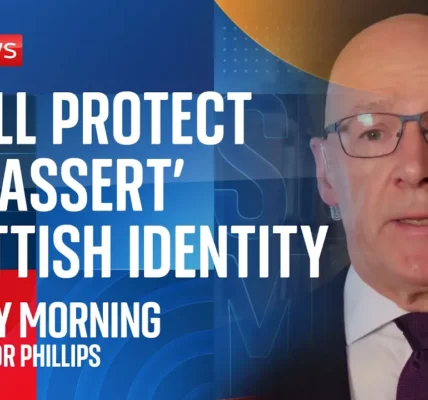Discarded Nitrous Oxide Canisters at Notting Hill Carnival

This article delves into the significant presence of discarded nitrous oxide canisters at the Notting Hill Carnival, exploring the implications of their usage, the police response, and the broader societal context regarding substance abuse in public spaces.
Introduction
The Notting Hill Carnival, celebrated as Britain’s largest street festival, serves as a critical reflection of societal behaviors, particularly concerning substance use. This year, the event witnessed an alarming number of discarded nitrous oxide canisters, with estimates suggesting around 6,000 bottles were collected. This figure represents about half of what was gathered in the previous year, prompting questions about the trends in nitrous oxide usage and the effectiveness of the recent ban on this substance.
The Presence of Nitrous Oxide at the Carnival
The collection of nitrous oxide canisters at this year’s Notting Hill Carnival indicates a persistent trend in the use of this substance at large public gatherings. As a category C controlled substance, nitrous oxide, commonly known as NOS, has faced increasing scrutiny due to its recreational use. Despite a declining popularity in public settings, its continued presence at events like the Carnival serves as a concerning marker for drug consumption trends.
Police Response to Nitrous Oxide Usage
The Metropolitan Police deployed approximately 7,000 officers to monitor the Carnival, ensuring they were briefed on their authority regarding the enforcement of the nitrous oxide ban. However, reports from the event revealed instances where police officers appeared to overlook blatant usage of nitrous oxide, raising questions about the enforcement of the law.
Instances of Overlooked Usage
In one notable instance, a woman was filmed inflating a balloon in plain sight while police officers nearby did not intervene. This lack of action has led to public speculation regarding the effectiveness of the ban and whether it truly addresses the core issues of substance abuse.
Police Prioritization of Offenses
The Metropolitan Police stated that their focus is on offenses posing immediate risks. This approach has been criticized by policy experts, who argue that banning nitrous oxide only shifts its use from public to private, unsupervised spaces. This transition can potentially create more significant issues of safety and accountability.
Impact of Nitrous Oxide Bans on Public Safety
While the ban on nitrous oxide is intended to enhance public safety, its implications extend beyond immediate enforcement. Experts caution that criminalizing drug use may inadvertently lead to increased risks associated with unsupervised consumption.
Case Study: Property Repossession Due to NOS Use
In a significant example, a property in Stanwell faced foreclosure due to repeated nitrous oxide use. This case illustrates how the consequences of substance abuse can extend to housing stability, showcasing a broader societal impact.
Drug Driving and Public Safety Concerns
Incidents of drug driving, particularly involving nitrous oxide, pose severe risks. A viral video depicted a vehicle moving against traffic while its occupants were visibly using balloons. Such behavior highlights the dangers associated with recreational drug use, especially when combined with driving.
Current Trends in Nitrous Oxide Usage
Despite the ban, the presence of nitrous oxide canisters remains prevalent, with police reporting an increase in flavored NOS canisters since the legislation took effect. The law enforcement response to these findings has varied, with many users escaping without charges.
Statistics on Arrests and Charges
Data from 22 police forces revealed that fewer than 100 arrests for nitrous oxide possession occurred in the first three months following the ban, and under a quarter of these arrests led to formal charges. This statistic raises concerns about the enforcement effectiveness and the implications of the ban.
Police Strategy and Public Education
Police strategies have included offering educational courses for offenders instead of traditional penalties. This approach aims to inform users about the dangers of drug driving and substance abuse, similar to speed awareness courses.
Conclusion
The significant number of discarded nitrous oxide canisters at this year’s Notting Hill Carnival serves as a stark reminder of the ongoing challenges associated with substance use in public spaces. While the intentions behind the nitrous oxide ban may be rooted in public safety, the real-world implications reveal a complex landscape of drug use, law enforcement challenges, and societal impacts. As discussions around the ban continue, it is crucial for both policymakers and the public to consider the broader implications of substance regulation.
For more insights into drug policy and public health, visit our related articles on substance abuse prevention and community safety initiatives.
“`




